Understanding the 3 Ohm Resistor: Applications, Selection, and More
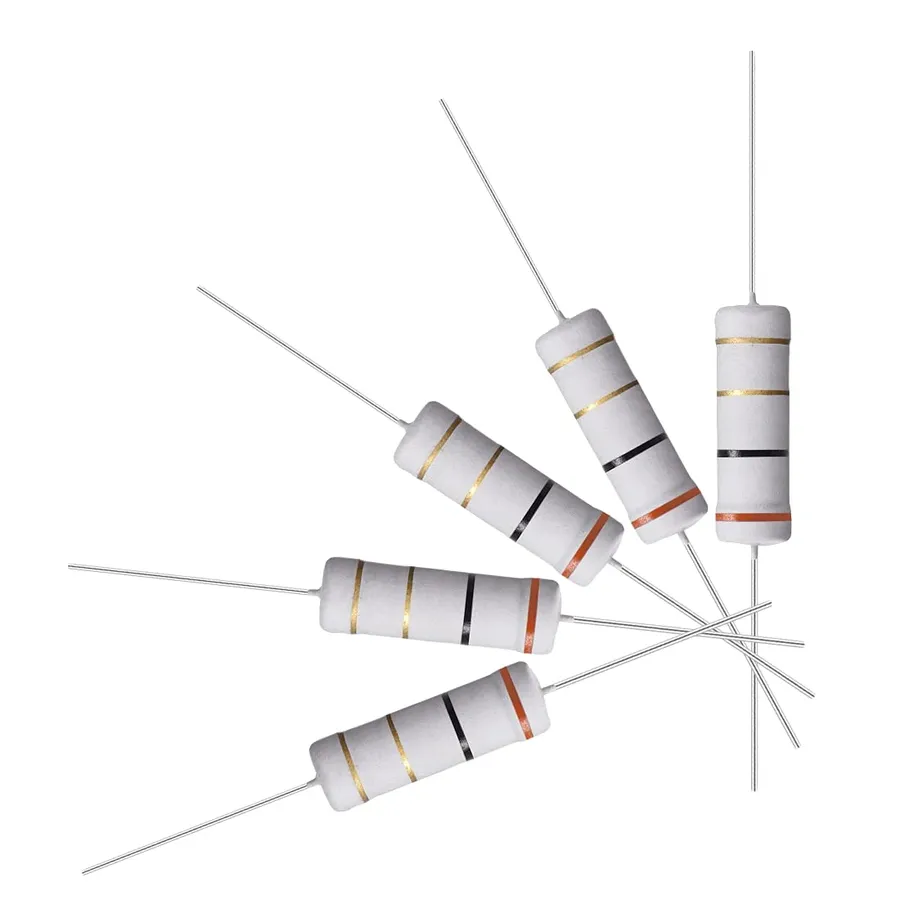
In the world of electronics, the humble resistor is a cornerstone component, and a 3 ohm resistor plays a vital role in countless circuits. Just as a chef carefully selects ingredients for a dish, engineers choose resistors based on their resistance, power, and specific application. From everyday gadgets to complex industrial machinery, understanding the purpose of a 3 ohm resistor is important for anyone interested in how electronics work. This article will demystify this component, guiding you through the essentials of its usage and selection.
What is a 3 Ohm Resistor?

A 3 ohm resistor is a fundamental electronic component that presents a fixed opposition of 3 ohms to the flow of electrical current. This specific resistance value is crucial in circuit design for current control, voltage regulation, and power management. Understanding the concept of resistance, measured in ohms, is the bedrock for analyzing and manipulating electrical circuits; a 3-ohm resistor provides a specific and predictable level of this opposition, allowing for precise circuit behavior.
Key Specifications of a 3 Ohm Resistor
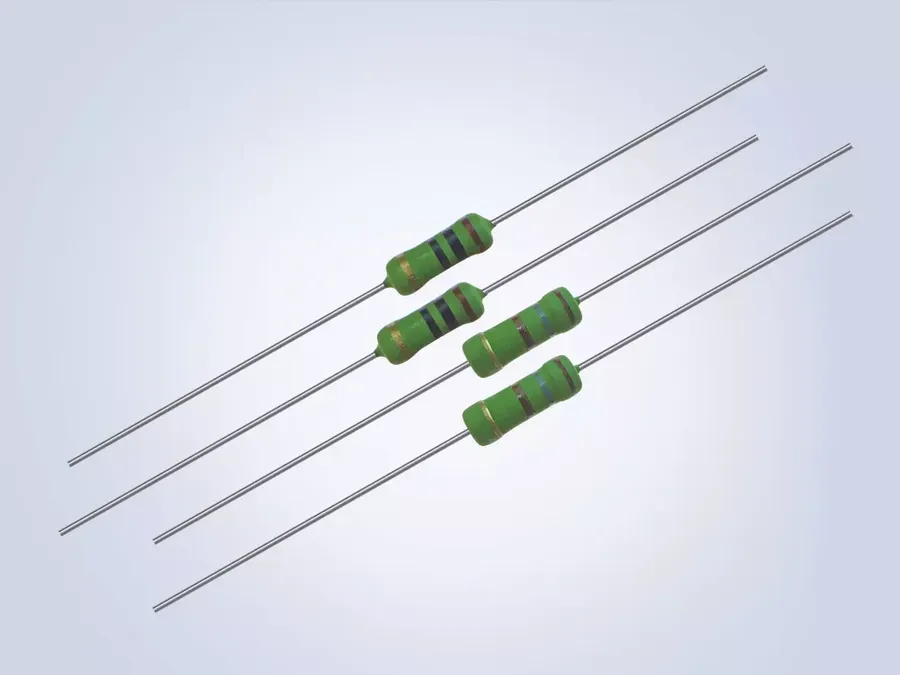
While the resistance value of 3 ohms is fundamental, other specifications are equally critical for selecting the correct resistor. These include power rating, tolerance, and resistor type, each significantly influencing performance, heat dissipation, and reliability within an electrical circuit. A deep dive into each specification will ensure you select the right resistor for your application.
| Specification | Description | Impact on Circuit | Typical Values |
|---|---|---|---|
| Power Rating | The maximum power (in watts) the resistor can safely dissipate as heat without being damaged. | Ensures the resistor doesn't overheat and fail. Under-rated resistors can burn out, causing circuit failure. | Common values include: 0.25W, 0.5W, 1W, 2W, 5W, 10W, 25W, 50W, 100W. High power resistors up to several hundred watts are also available |
| Tolerance | The acceptable percentage deviation from the nominal resistance value (3 ohms, in this case). | Affects circuit accuracy and predictability; tighter tolerances are needed for precision circuits. | Common values include: 1%, 2%, 5%, 10%, 20%. Precision resistors can be as low as 0.01% tolerance. |
| Resistor Type | The method of construction and material of the resistor, such as metal film, wirewound, or chip. | Impacts the resistor's stability, temperature coefficient, noise, parasitic inductance and physical size. | Metal film are common for general use, wirewound for higher power, and chip for surface mount. |
| Temperature Coefficient | The change in resistance value per degree Celsius. | Critical for circuits exposed to temperature variations, a lower temp co-efficient is generally better to reduce drift. | Values vary widely depending on the resistor type from 1ppm to 1000ppm or more. |
Common Applications of 3 Ohm Resistors
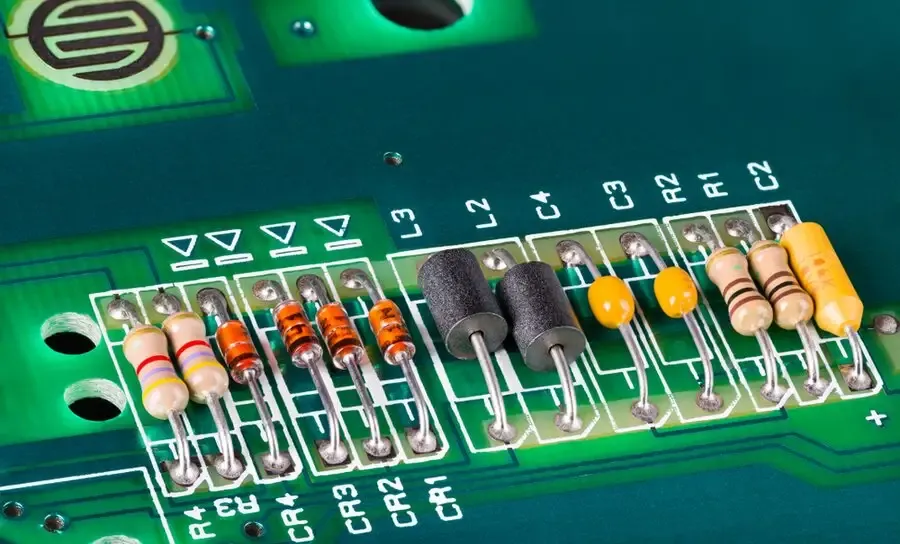
3-ohm resistors are indispensable components in a wide array of electronic circuits, providing a specific level of electrical resistance to control current flow, limit voltage, and manage power distribution. Their versatility makes them suitable for diverse applications, from basic electronics to more complex systems.
Here are some common applications of 3-ohm resistors:
- LED Current Limiting
3-ohm resistors are commonly used to limit the current flowing through Light Emitting Diodes (LEDs). LEDs are sensitive to overcurrent, which can damage or drastically shorten their lifespan. By placing a 3-ohm resistor in series with an LED, the current is controlled to within the LED's safe operating range, ensuring its longevity and efficient performance. The precise value of the resistor depends on the LED's forward voltage and desired current. - Motor Voltage Clamping
In circuits involving motors, 3-ohm resistors can be used for voltage clamping or suppression of voltage spikes. Motors generate back EMF (electromotive force) when they are turned off or change speed. This back EMF can cause voltage spikes that can damage other components in the circuit. By incorporating a 3-ohm resistor, excess voltage can be dissipated as heat, protecting sensitive components from damage. The resistor value may need to be carefully calculated depending on the motor characteristics. - Audio Circuits (Speaker Crossovers)
In audio systems, specifically within speaker crossovers, 3-ohm resistors play a vital role in shaping the audio signal. Resistors are used in conjunction with capacitors and inductors to create filters that direct different frequency bands to specific speakers (woofers, tweeters, etc.). A 3-ohm resistor, in this context, contributes to impedance matching and signal attenuation to ensure that each speaker receives the appropriate power level and prevents distortion. These networks are key to achieving a balanced and high-quality sound. - Load Resistors
3-ohm resistors frequently act as load resistors in a multitude of electronic systems. Load resistors are used to simulate a load on a circuit or a component for testing or calibration purposes. When testing power supplies or amplifier circuits, a resistor is used as a known load to measure its output characteristics. A 3-ohm resistor, being a relatively low resistance, provides a reasonable load for various circuits during performance validation. - Current Sensing
In some applications, a 3-ohm resistor can be used as a current shunt resistor. By measuring the voltage drop across the resistor, the current flowing through a circuit can be calculated using Ohm's Law. This technique is used in current monitoring and control systems. The low resistance ensures minimal impact on the circuit operation while allowing for accurate current measurements.
3 Ohm Resistor Types: Metal Film, Wirewound, and More
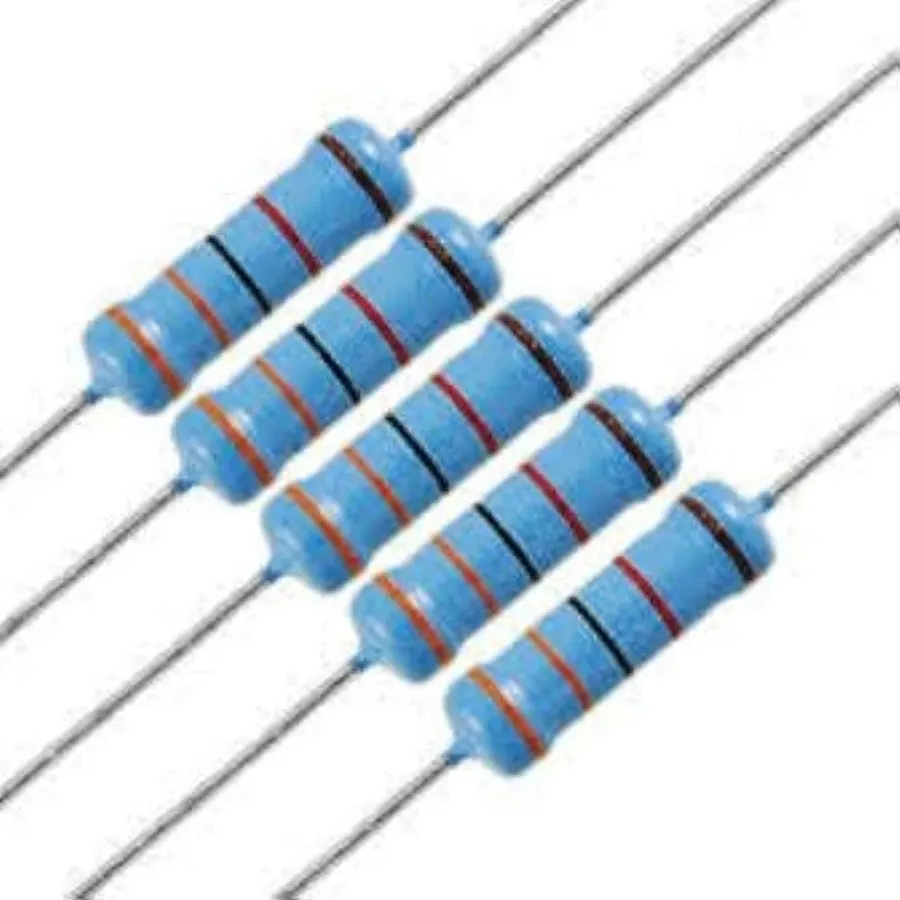
The selection of a 3 ohm resistor is not solely based on its resistance value, but also on its construction and material composition. Different applications demand specific resistor types, each with its own advantages and disadvantages in terms of performance, heat dissipation, and accuracy. Understanding these differences is crucial for optimal circuit design.
| Resistor Type | Material/Construction | Pros | Cons | Typical Applications |
|---|---|---|---|---|
| Metal Film Resistor | Thin film of metal alloy deposited on a ceramic substrate. | High precision, low noise, good temperature stability. | Lower power handling capability compared to wirewound, susceptible to damage from high voltage surges. | Precision circuits, signal processing, audio equipment. |
| Wirewound Resistor | Metallic wire wound around a ceramic or fiberglass core. | High power handling capacity, good pulse handling capability, robust. | Lower precision than metal film, higher inductance, larger physical size. | Power supplies, motor drives, braking resistors. |
| Chip Resistor (Surface Mount Device - SMD) | Thick or thin film of resistive material on a ceramic substrate with terminations for surface mounting. | Small size, low cost, suitable for automated assembly. | Lower power handling, less precise than metal film, can be susceptible to thermal shock | Mobile devices, computer motherboards, consumer electronics. |
| Carbon Film Resistor | Thin film of carbon deposited on a ceramic substrate. | Low cost, readily available. | Higher noise, less precise, susceptible to temperature variation, lower long-term stability | Basic electronics projects, general purpose circuits |
The choice of resistor type significantly impacts the overall performance and reliability of an electronic circuit. Each type, due to its construction and materials, exhibits varying degrees of tolerance to temperature changes, noise, and power dissipation. Hence, selecting the correct type of 3 ohm resistor is not just about meeting the resistance requirement, but also about optimizing the overall performance of your design for its intended application.
How to Select the Right 3 Ohm Resistor for Your Needs
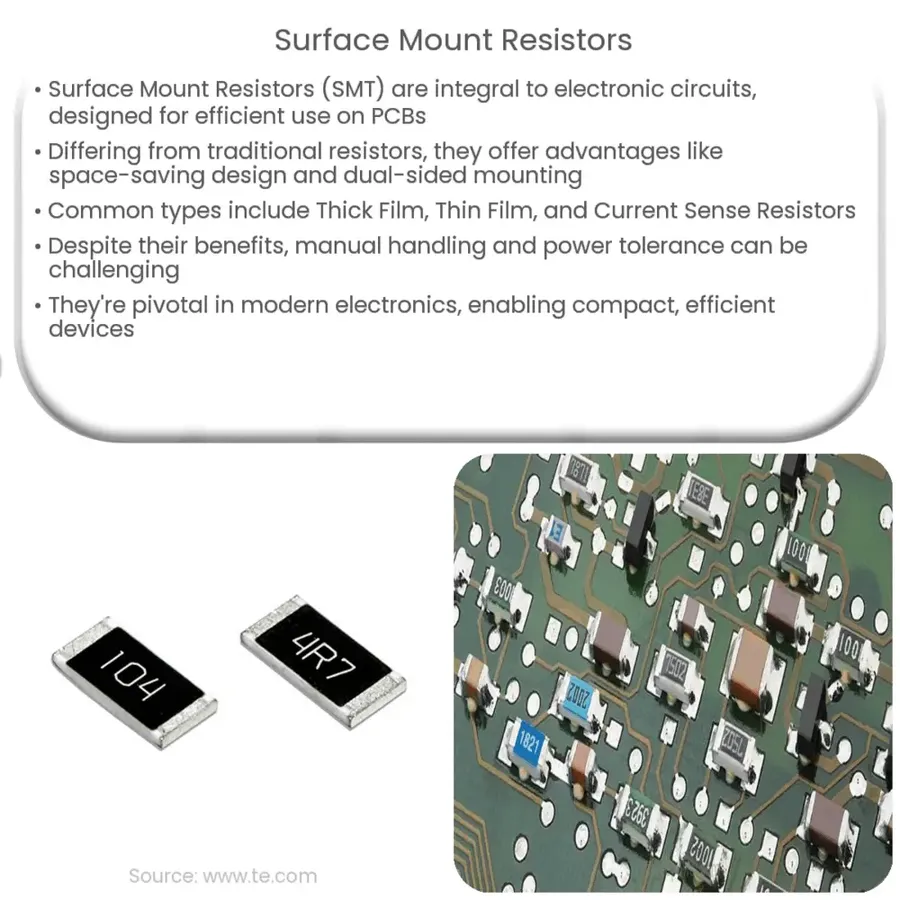
Selecting the appropriate 3 ohm resistor involves careful consideration of several factors beyond just the resistance value. The operational environment, power requirements, and desired performance all play crucial roles in the selection process. Choosing the wrong resistor can lead to component failure or unexpected circuit behavior. Therefore, understanding key parameters is essential to ensure optimal performance and reliability.
- Power Rating
The power rating, measured in watts (W), indicates the maximum power a resistor can dissipate without overheating. Always choose a resistor with a power rating significantly higher than the calculated power dissipation to ensure a safety margin. Failing to do this can result in the resistor becoming damaged or failing. - Tolerance
Tolerance defines the accuracy of the resistor's stated resistance value. Common tolerances include 1%, 5%, and 10%. For precise applications, choose a resistor with a lower tolerance. The lower the tolerance the higher accuracy it will have. - Temperature Coefficient
The temperature coefficient specifies how much the resistor's resistance changes with temperature variations. It's usually expressed in parts per million per degree Celsius (ppm/°C). Select a resistor with a low temperature coefficient for stable operation in environments where temperatures will fluctuate. - Physical Size and Form Factor
The resistor’s physical size is often dictated by its power rating and application. For surface mount devices, you should ensure the chosen resistor has the correct foot print for the pads on your circuit board. For leaded devices, the physical size will determine how much physical room the device takes up and should be selected for size accordingly. - Resistor Type
As previously discussed, the choice of resistor technology (metal film, wirewound, etc.) can have a significant impact on performance. Metal film resistors are commonly used where precision and low noise are key, while wirewound resistors are used where a high power rating is needed. The correct choice will be dictated by the environment and application
Calculating Power Dissipation in a 3 Ohm Resistor
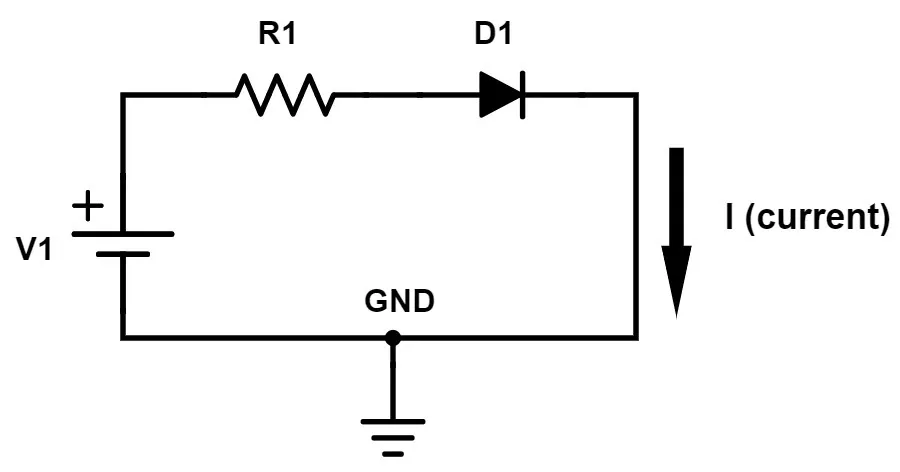
Accurately determining power dissipation in a 3 ohm resistor is critical to prevent overheating and potential failure, ensuring the longevity and reliability of electronic circuits. This calculation relies heavily on Ohm's Law, which establishes the fundamental relationships between voltage (V), current (I), and resistance (R).
The power (P) dissipated by a resistor is quantified in watts and can be calculated using any of three related formulas derived from Ohm's Law:
- P = V * I
Power equals voltage multiplied by current. Use this if you know the voltage across the resistor and the current flowing through it. - P = I² * R
Power equals the current squared multiplied by the resistance. Use this if you know the current flowing through the resistor and its resistance. - P = V² / R
Power equals the voltage squared divided by the resistance. Use this if you know the voltage across the resistor and its resistance.
For a 3-ohm resistor, if you know the voltage across it (V), the power dissipation can be calculated as P = V² / 3. Conversely, if you know the current through it (I), the power can be found using P = I² * 3. The computed power value is crucial for choosing a resistor with an appropriate power rating.
It is imperative to select a resistor with a power rating higher than the calculated power dissipation to provide a safety margin. Typically, a resistor with a power rating 1.5 to 2 times the calculated value is used to ensure reliable operation. Failure to adhere to this principle can lead to resistor failure, heat damage to surrounding components or even fire.
| Parameter | Formula | Explanation |
|---|---|---|
| Power (P) | P = V * I | Power is the rate at which energy is transferred or converted. |
| Power (P) | P = I² * R | Power is directly proportional to the square of the current. |
| Power (P) | P = V² / R | Power is directly proportional to the square of the voltage. |
Frequently Asked Questions About 3 Ohm Resistors
This section addresses common queries regarding 3 ohm resistors, offering concise and informative answers to enhance understanding and practical application.
- What is the color code for a 3 ohm resistor?
A 3 ohm resistor typically uses a 4-band color code of Orange, Black, Black, and Gold. However, 5-band or 6-band resistors can have slight variations. Always consult a color code chart to confirm exact values, especially with more precise resistors. - What is the current through a 3 ohm resistor if the voltage is known?
Using Ohm's Law (I = V/R), the current (I) through a 3 ohm resistor can be calculated by dividing the voltage (V) across it by the resistance (3 ohms). For instance, with a 12-volt source, the current will be 12V / 3 ohms = 4 Amps. - What is the voltage across a 3 ohm resistor if the current is known?
Based on Ohm's Law (V = I * R), if you know the current (I) flowing through a 3 ohm resistor, you can find the voltage (V) across it by multiplying the current by the resistance. For example, if the current is 2 amps, the voltage drop would be 2 Amps * 3 ohms = 6 Volts. - What are the common applications for different types of 3 ohm resistors?
Metal film 3 ohm resistors are generally preferred for precision applications due to their tight tolerance and stability. Wirewound 3 ohm resistors are suitable for high-power applications where they can tolerate larger power dissipation. Chip resistors (surface mount devices or SMD) are typically used in compact designs like PCBs and low-power devices. - What is the lowest resistance value available for resistors, and how does it compare to a 3 Ohm?
Resistors are available in extremely low values, even below 1 Ohm. A 3 ohm resistor is not considered a particularly low value. These very low value resistors are often used for very high current sensing applications, whereas a 3 ohm resistor is used in a much wider range of applications, where a moderate resistance is required. - How do I choose between a 3 ohm resistor and a 3.3 ohm resistor?
The choice between a 3 ohm and 3.3 ohm resistor depends on the specific requirements of the circuit. The 3.3 ohm provides slightly more resistance and lower current than a 3 ohm when used in the same circuit. This difference can be important in applications where an exact value is needed to fine-tune the circuit performance. If your application requires a very precise value, then a 3.0 ohm with a very tight tolerance may be needed. However, if the circuit is tolerant of slight variations, 3.3 ohm may work well. - Can a 3 ohm resistor be used in automotive applications such as airbag circuits?
Yes, a 3 ohm resistor can be used in automotive applications, including airbag circuits, but with careful consideration of the specific requirements. It's vital to select a resistor with appropriate power rating to handle the current and voltage safely, especially with safety-critical systems such as airbag circuits. Often specialist components and resistors are used in this type of application.
3 Ohm Resistor vs. Other Resistor Values
While a 3 ohm resistor provides a specific level of current control, understanding how it compares to other resistance values, such as a 3.3 ohm resistor, is critical. These seemingly small differences can lead to significant variations in circuit behavior. This section will delve into these differences, highlighting their effects on various applications.
| Parameter | 3 Ohm Resistor | 3.3 Ohm Resistor | Impact of Higher Resistance |
|---|---|---|---|
| Resistance | 3 Ohms | 3.3 Ohms | Increased opposition to current flow |
| Current (with fixed voltage) | Higher | Lower | Reduced current flow through the component |
| Voltage Drop (with fixed current) | Lower | Higher | Increased voltage drop across the component |
| Power Dissipation (at same current) | Lower | Higher | Increased heat generation in the component |
| Precision Requirements | Suitable for many applications | Suitable for finer adjustments | May be more suitable for more precise circuit control |
| Common use | Current limiting, basic load | Feedback circuits, sensor applications | Different applications depending on specific needs |
A key understanding is that increasing resistance reduces current flow for a given voltage, as dictated by Ohm's Law (V=IR). Therefore, a 3.3 ohm resistor, with its higher resistance, will result in a lower current and a correspondingly higher voltage drop when placed in a circuit compared to a 3 ohm resistor. These differences might be subtle but their impact can be significant depending on your design. Choosing between 3 ohm and 3.3 ohm resistors, or those with even more significant variations, requires careful consideration of your design goals and parameters.
In the vast landscape of electronics, a seemingly simple component like the 3 ohm resistor plays a pivotal role in countless applications. Whether you're limiting current, dissipating heat, or fine-tuning audio signals, understanding the nuances of a 3 ohm resistor is critical to design a reliable circuit. By considering factors like power rating, tolerance, and construction, you can make informed decisions that ensure performance and longevity, just like choosing the right tools for a complex task. Whether you are a hobbyist or an experienced engineer, the knowledge of this fundamental component and its properties empowers you to bring electronic projects to life safely and effectively.
 AnyPCBA
AnyPCBA